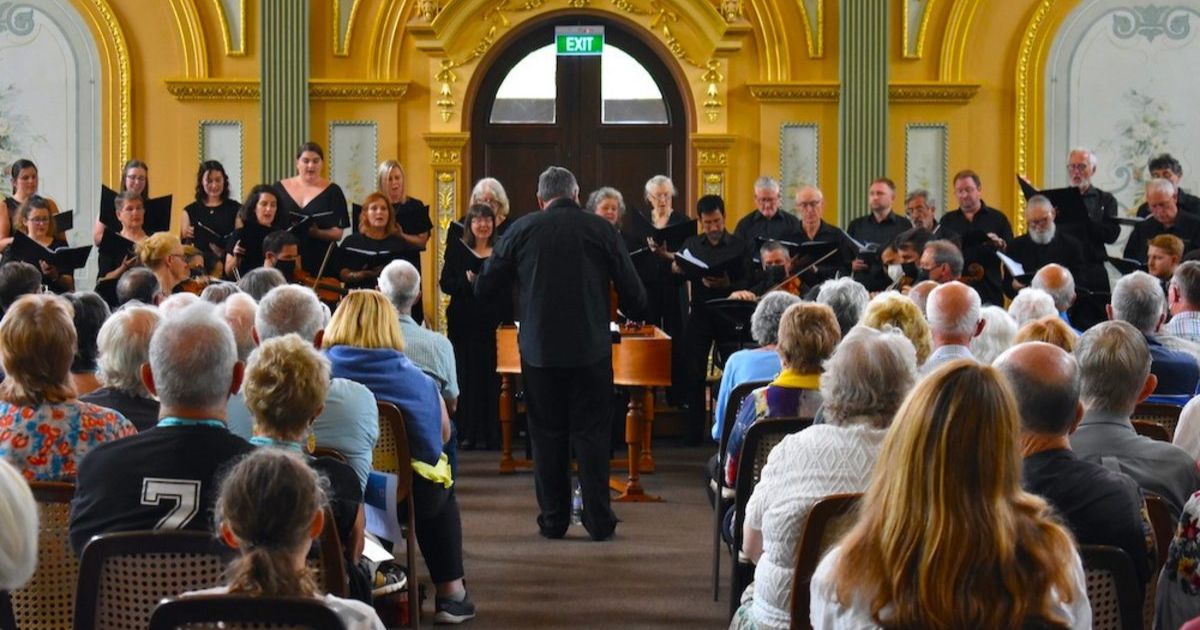Sign points to historic rail catastrophe

Ponderous: Local historian Natasha Joyce wonders why this particular accident is remembered above others. Photo: SUPPLIED
A NEW interpretive sign that’s appeared on the O’Keefe Rail Trail near the McIvor Highway – one of five recently installed by the Friends of the Bendigo-Kilmore Rail Trail – remembers a fatal accident that occurred almost exactly 125 years ago, on New Year’s Day 1900.
Eleven young people between the ages of 16 and 20 from St Paul’s Church (now Cathedral) in Myers Street, travelling on a horse-drawn cab, were struck by an excursion train on its way to Axedale.
Three passengers, Blanche Hoskins, John Langley (both 18) and Benjamin Burston (20) subsequently died from their injuries.
The cab’s driver, James Brown, reported that while crossing the Heathcote line four miles from Bendigo, he “suddenly heard a whistle”, and saw a train within 20 yards of him.
Then came the impact.
Local historian Natasha Joyce described the chaotic scenes.
“People were moving around and there were plenty of people on the road on the 1st of January,” she said.
“The (cab passengers) were going out for the day, having a good time, talking and chatting.”
“There’s an interview with the train drivers who said, ‘We let the whistle go, we saw the cart coming and we didn’t think it was going to keep crossing. We assumed they could see us’.
“Then, a couple of guys on their push bikes saw it happen and rode straight back to Bendigo to raise the alarm.
“The train picked up all of the injured and returned them to Bendigo, where doctors and ambulances were waiting.”
Ms Joyce said the fact that the accident is particularly remembered is compelling, as there were other railway accidents “literally a week later” in Bendigo.
“It was three young people on New Year’s Day who died on a horse-drawn cab, going out for a picnic,” she said.
“It’s got that picnic at Hanging Rock vibe, which was set on Valentine’s Day in 1900, so again it’s a date that sticks in the mind.”
The first monument to mark the tragedy was a plaque installed at St Paul’s Church on 20 June 1900, less than six months after the event.


















